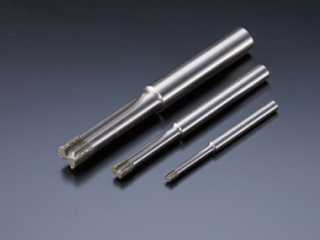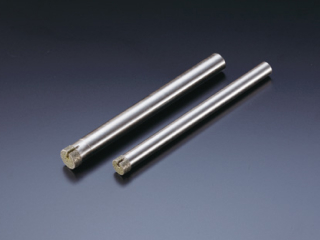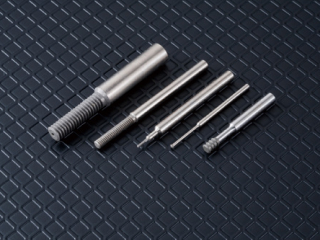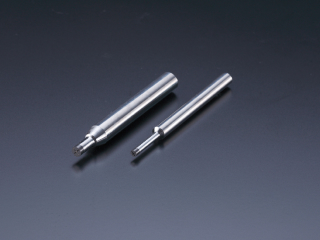Hard Alloys and Die Steel Processing Tools
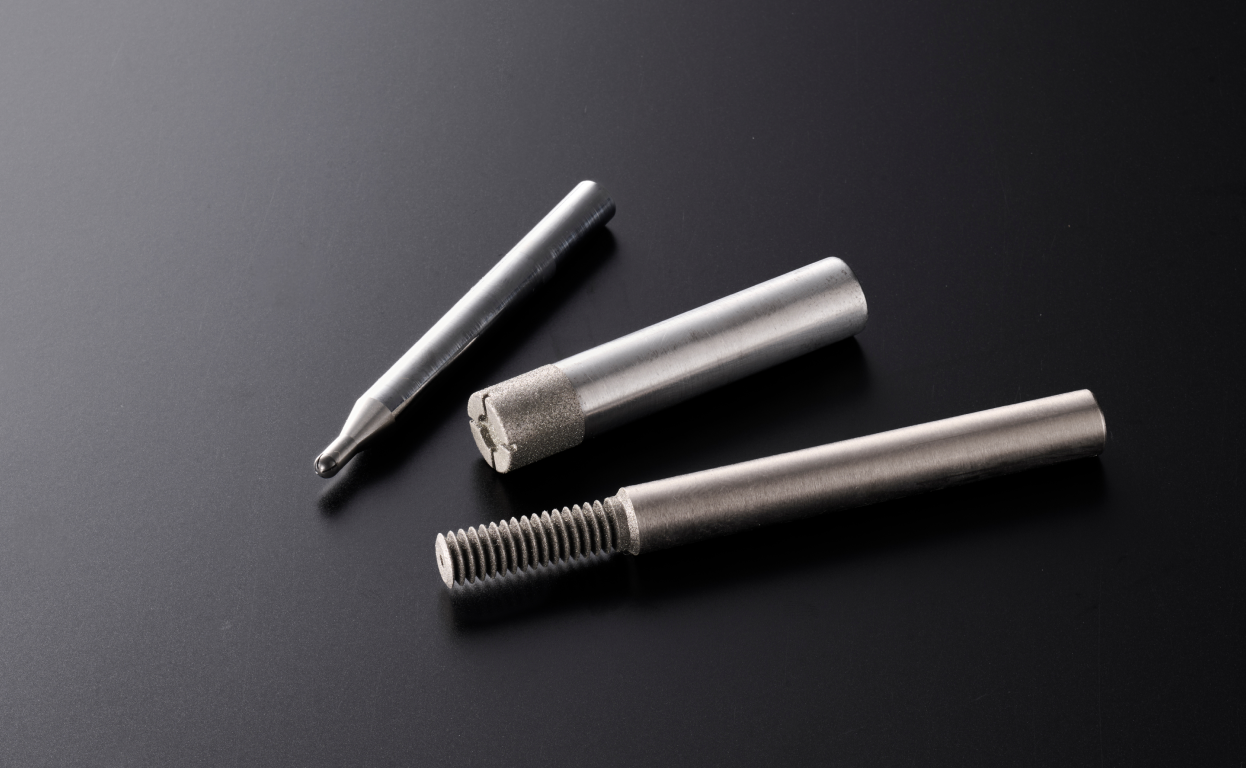
EISEN Hard Alloys and Die Steel Processing Tools
(Diesac Mill)
Diesac Mill is an Eisen original diamond/CBN electroplated tool that can efficiently process hard-to-cut materials such as hard alloys and die steel at an impressive speed. Compared to electrical discharge machining, it offers higher processing efficiency, significantly reducing working time.
Additionally, it eliminates the generation of micro-cracks, ensuring a stable mold lifespan.
Furthermore, Diesac Mill eliminates the need for expensive electrodes and boasts a long tool lifespan, resulting in substantial cost savings. It allows for machine-based mirror finishing, eliminating the need for skilled hand lapping.
Processing with Hard Alloys and Die Steel Machining Tools
Mirror-finishing of carbide aspherical surfaces with Daisac Super Finish.
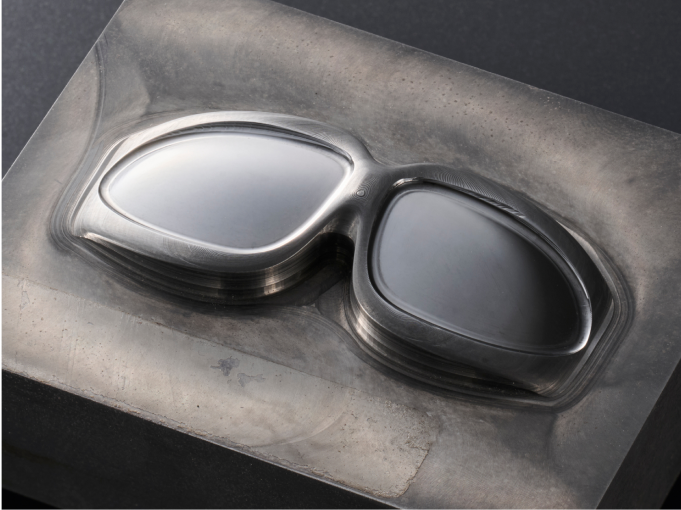
Used tool: JFD R1.0
Machine: machining centre
Number of revolutions: 7000 rpm
Feed: 20 mm/min
Depth of cut: 0.001-0.002 mm
Surface roughness: Ry 0.060 μm
With Daisac Super Finish, a ball type, it is possible to machine mirror-finish aspherical surfaces on tungsten carbide. This eliminates the need for hand lapping by skilled workers and enables high-precision mirror-finishing with consistent quality. Rough machining with DiesacFinish is recommended to reduce machining time.
It has been introduced in the die and mould industry, optical equipment industry, etc.
Pre-mirror machining of carbide planes with Daisac Finish.
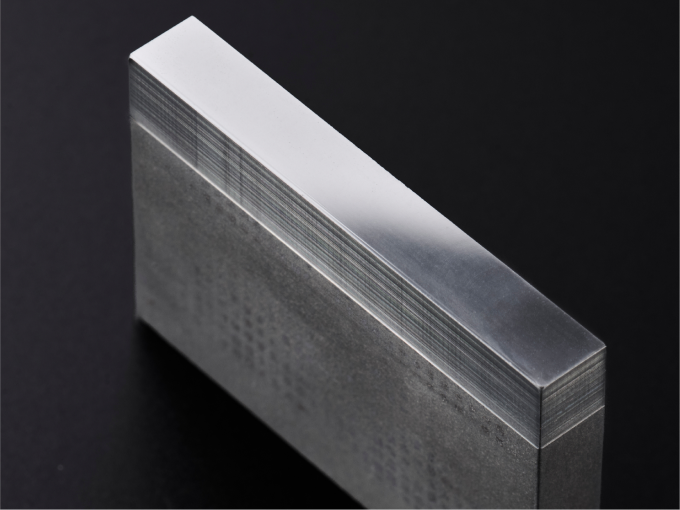
Tool used: IDD Φ10
Machine: machining centre
Number of revolutions: 3150 rpm
Feed: 100 mm/min
Depth of cut: 0.01mm
Surface roughness: Ry 0.149 μm
The use of square-type Diesac finishes allows a wide range of flat surfaces to be finished to a quasi-mirror surface using the end and side surfaces of the tool. This allows a significant reduction in the machining process, as the finish is quasi-mirror while machining at a phenomenal speed compared to conventional EDM. In addition, whereas EDM requires an electrode for each process, the Daisac series enables the machining of a wide range of shapes with a single electrode.
It has been introduced in the automotive, mould and die and optical equipment industries.
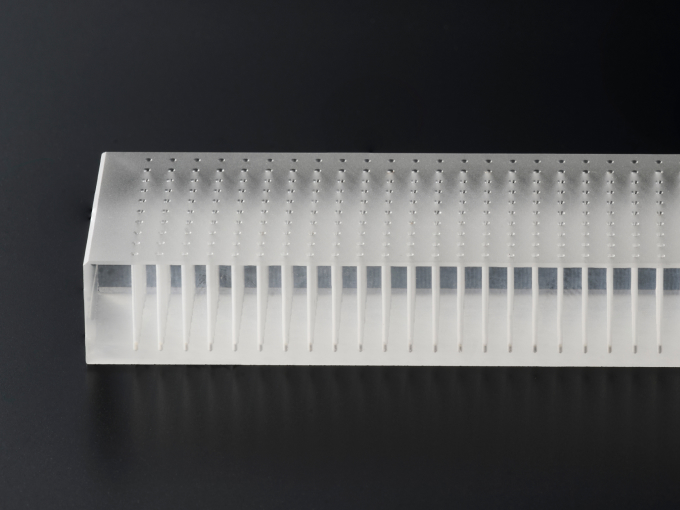
\About products and standards/ Please contact us

